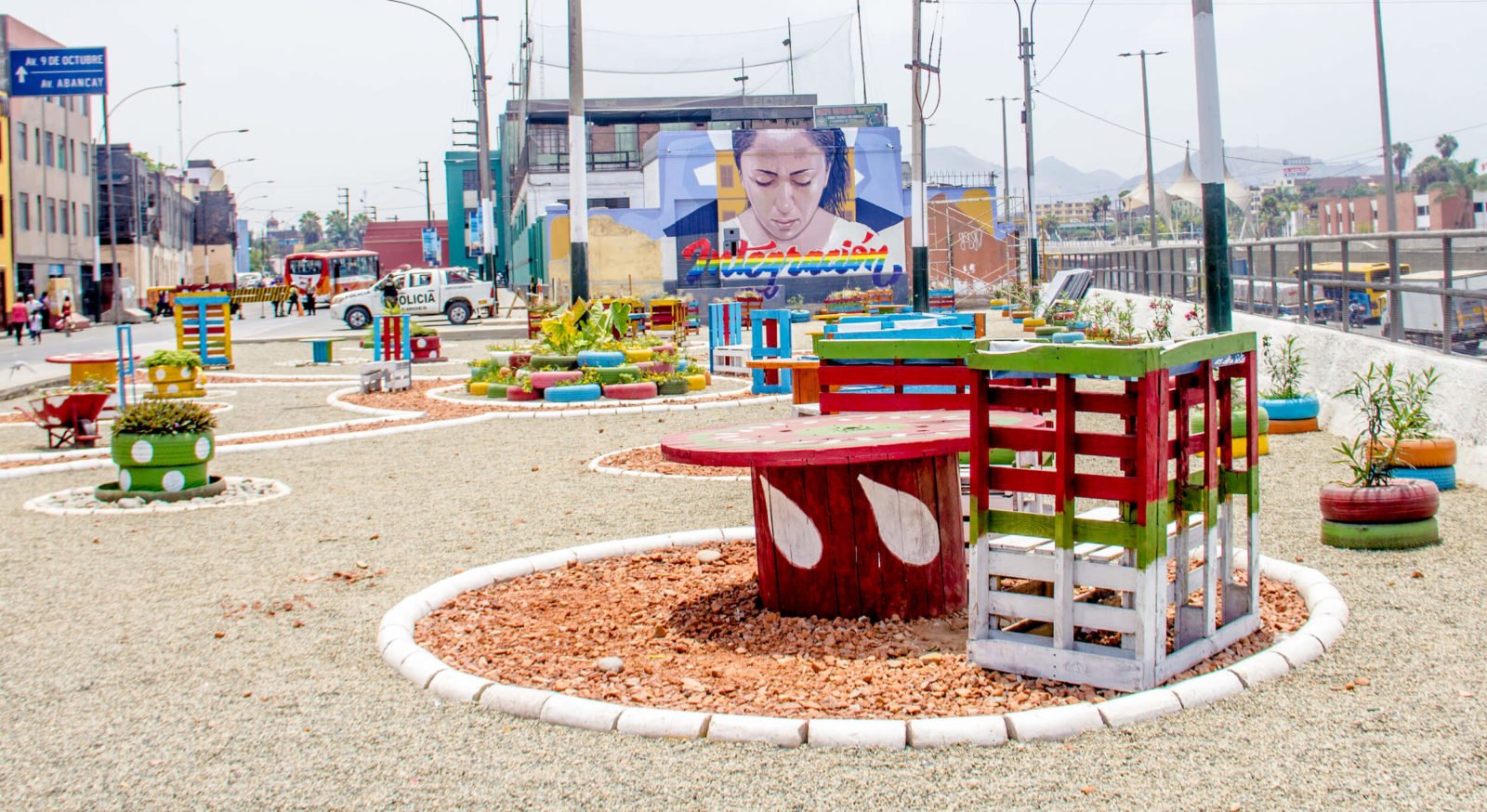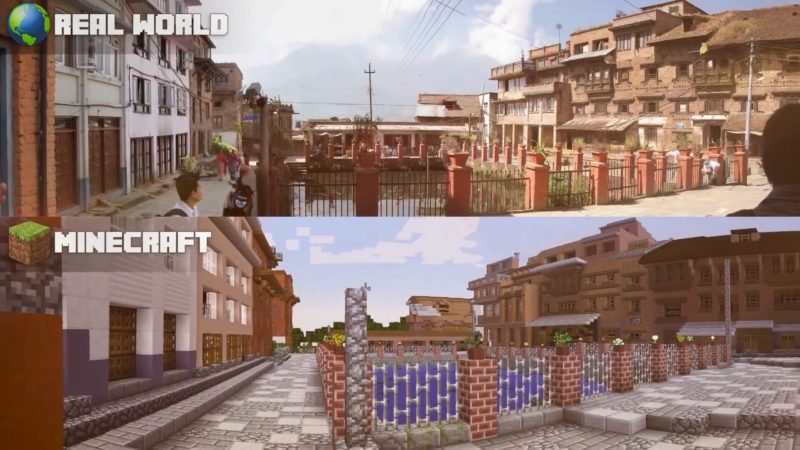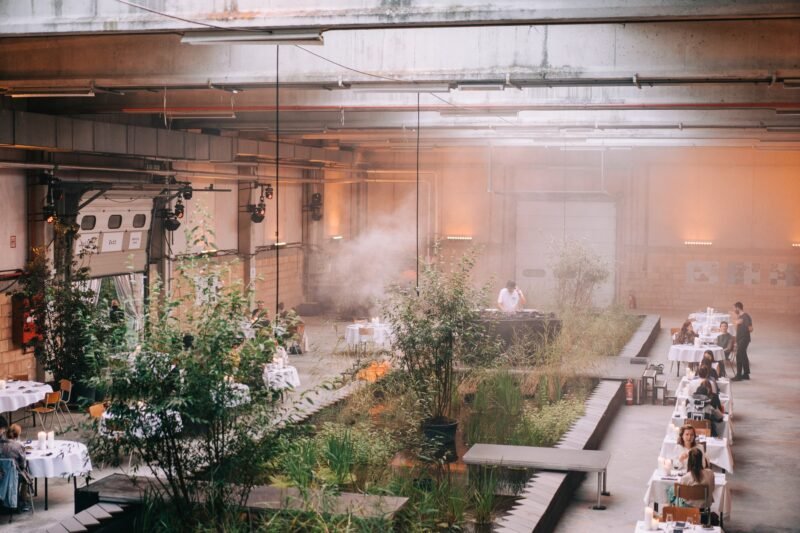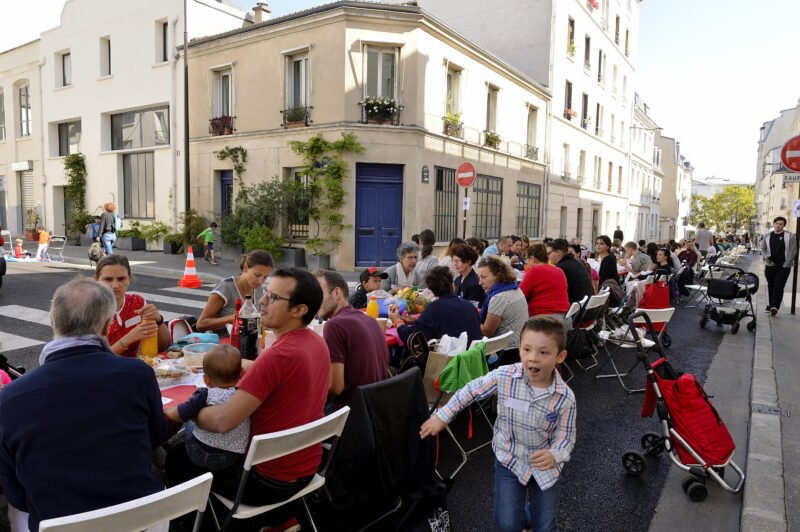Using Minecraft as an Urban Planning Tool in Developing Countries

Block by Block, an urban transformation outreach programme by UN-Habitat, helps local communities to have a say about their urban spaces by using Minecraft as a planning and visualisation tool.
The first Block by Block workshop was held in Nairobi in 2013 after technical models and architectural drawings proved to be inaccessible and unengaging in local forums. Instead, Minecraft was used to visualise the space and the proposed improvements in an interactive workshop. Now, Block by Block and the Minecraft methodology has inspired projects in more than 30 countries globally.

Block by Block ensures that a wide range of participants is invited to ensure fair representation and giving a platform for all needs. Minecraft has been effectively used to mobilise and involve the very people that urban transformations projects will affect by hosting a series of workshops where the local community can familiarise themselves with the proposed plans and share their own ideas. Participants are briefed on the proposed projects and trained to use Minecraft to create their own models. The models can then be used in professional design and to estimate costs and budgets.



Block by Block’s Minecraft methodology is available and free for anyone to use to help their communities to get involved in local transformation or even just as an educational tool. It opens up discussions about urban space and urban transformation in a way that is interactive, accessible and fun inspiring local communities to get involved and stay involved in the care of their community spaces and urban environment.



